Chonghui Guo
A unified framework based on graph consensus term for multi-view learning
May 25, 2021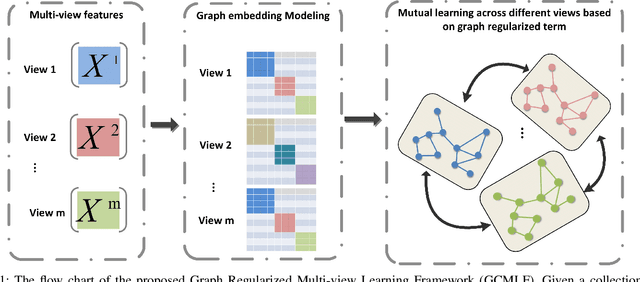
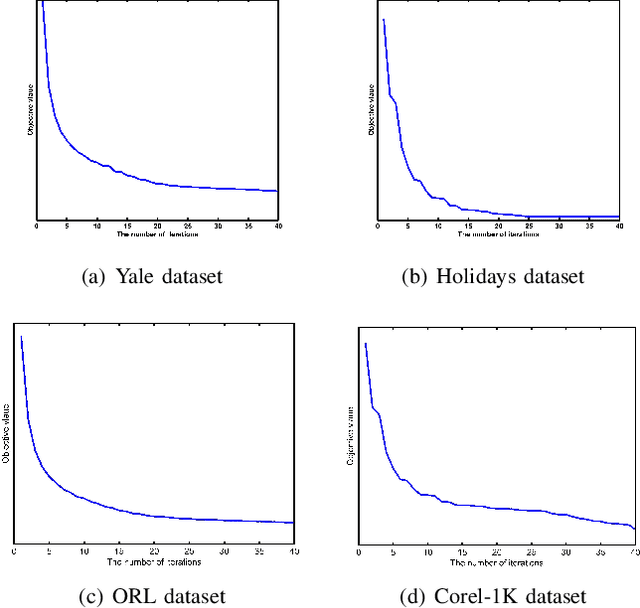
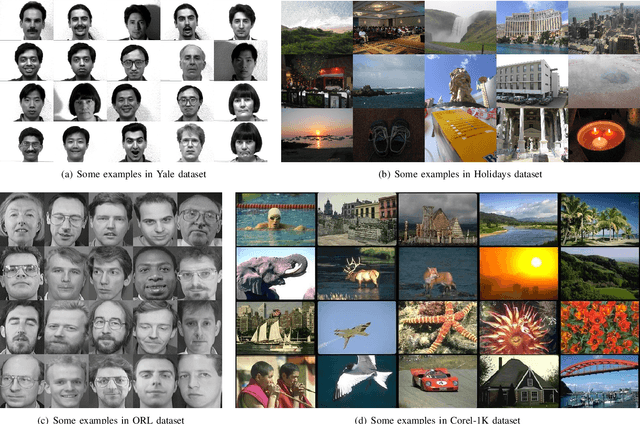
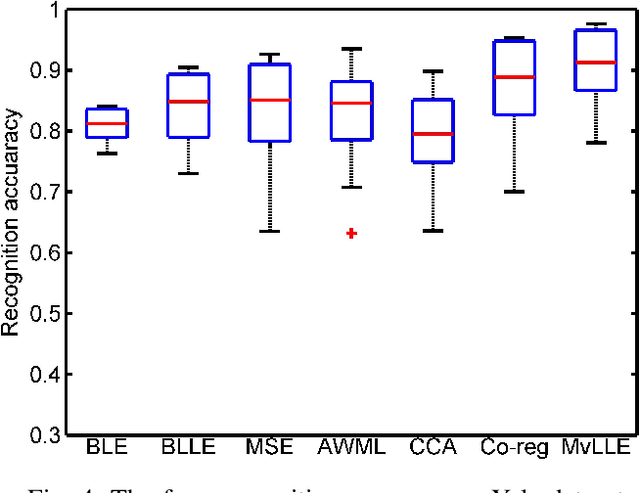
Abstract:In recent years, multi-view learning technologies for various applications have attracted a surge of interest. Due to more compatible and complementary information from multiple views, existing multi-view methods could achieve more promising performance than conventional single-view methods in most situations. However, there are still no sufficient researches on the unified framework in existing multi-view works. Meanwhile, how to efficiently integrate multi-view information is still full of challenges. In this paper, we propose a novel multi-view learning framework, which aims to leverage most existing graph embedding works into a unified formula via introducing the graph consensus term. In particular, our method explores the graph structure in each view independently to preserve the diversity property of graph embedding methods. Meanwhile, we choose heterogeneous graphs to construct the graph consensus term to explore the correlations among multiple views jointly. To this end, the diversity and complementary information among different views could be simultaneously considered. Furthermore, the proposed framework is utilized to implement the multi-view extension of Locality Linear Embedding, named Multi-view Locality Linear Embedding (MvLLE), which could be efficiently solved by applying the alternating optimization strategy. Empirical validations conducted on six benchmark datasets can show the effectiveness of our proposed method.
Managing Multi-Granular Linguistic Distribution Assessments in Large-Scale Multi-Attribute Group Decision Making
Nov 18, 2015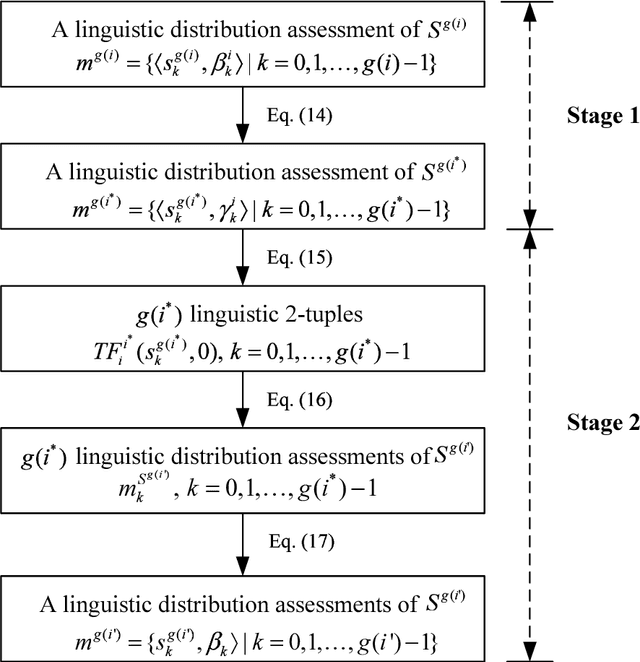
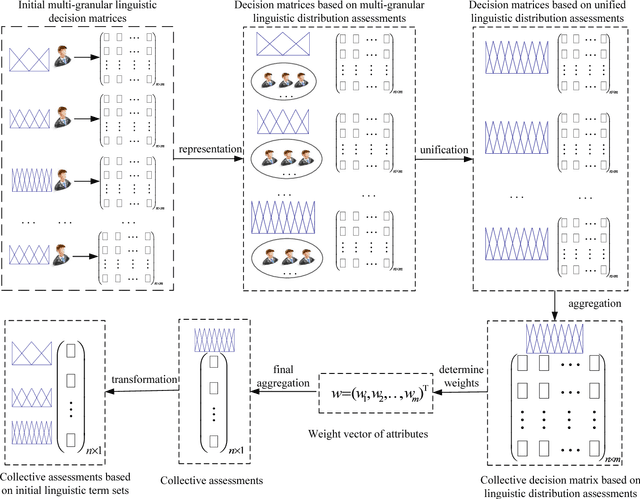
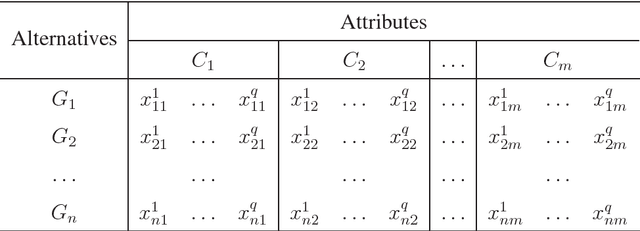

Abstract:Linguistic large-scale group decision making (LGDM) problems are more and more common nowadays. In such problems a large group of decision makers are involved in the decision process and elicit linguistic information that are usually assessed in different linguistic scales with diverse granularity because of decision makers' distinct knowledge and background. To keep maximum information in initial stages of the linguistic LGDM problems, the use of multi-granular linguistic distribution assessments seems a suitable choice, however to manage such multigranular linguistic distribution assessments, it is necessary the development of a new linguistic computational approach. In this paper it is proposed a novel computational model based on the use of extended linguistic hierarchies, which not only can be used to operate with multi-granular linguistic distribution assessments, but also can provide interpretable linguistic results to decision makers. Based on this new linguistic computational model, an approach to linguistic large-scale multi-attribute group decision making is proposed and applied to a talent selection process in universities.
 Add to Chrome
Add to Chrome Add to Firefox
Add to Firefox Add to Edge
Add to Edge